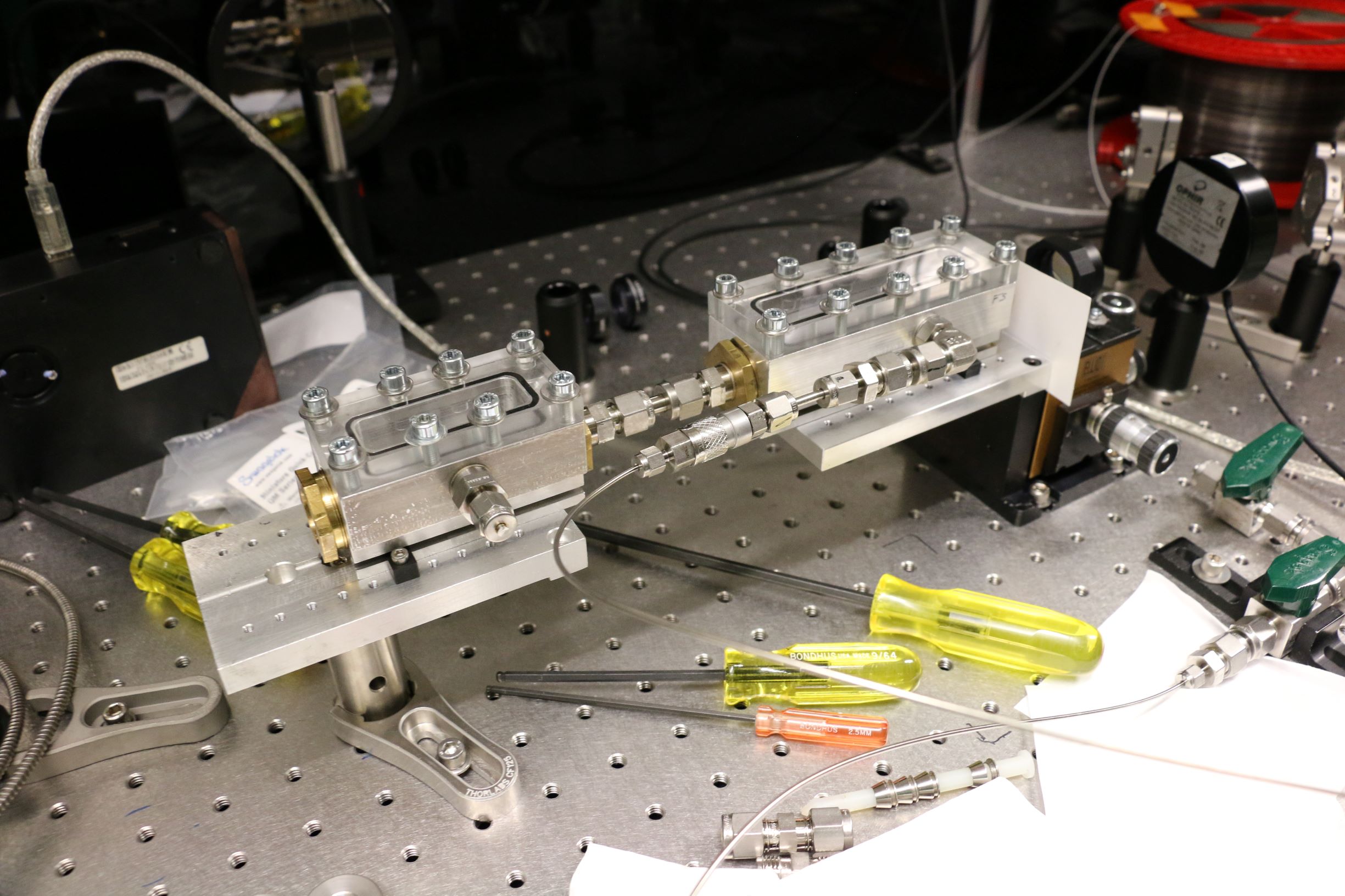The application of a matrix-based reconstruction protocol for obtaining Molecular Frame (MF) photoelectron angular distributions (MFPADs) from laboratory frame (LF) measurements (LFPADs) is explored. Similarly to other recent works on the topic of MF reconstruction, this protocol makes use of time-resolved LF measurements, in which a rotational wavepacket is prepared and probed via photoionization, followed by a numerical reconstruction routine; however, in contrast to other methodologies, the protocol developed herein does not require determination of photoionization matrix elements, and consequently takes a relatively simple numerical form (matrix transform making use of the Moore-Penrose inverse). Significantly, the simplicity allows application of the method to the successful reconstruction of MFPADs for polyatomic molecules. The scheme is demonstrated numerically for two realistic cases, N2 and C2H4. The new technique is expected to be generally applicable for a range of MF reconstruction problems involving photoionization of polyatomic molecules.














